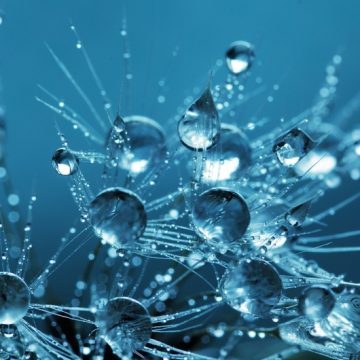Viral Counterpoint of the Coronavirus Spike Protein (2019-nCoV)
While we cannot see small nanoscopic objects like proteins or other molecules that make up virtually all living matter including our cells, tissues, as well as pathogens such as viruses, our computational algorithm allows us to make its material manifestation audible. This piece is a musical representation of the amino acid sequence and structure of the spike protein of the pathogen of COVID-19, 2019-nCoV (protein data bank identifier 6VSB [1]).
MUSICAL DECEIT
A virus’ genome hijacks the host cell’s protein manufacturing machinery and forces it to replicate the viral genome and produce viral proteins to make new viruses from it. This musical art teaches us something about the fine line between beauty of life and death as an opposite pole. As you listen to the protein you will find that the intricate design results in incredibly interesting and actually pleasing, relaxing sounds. This doesn’t really convey the deadly impacts this particularly protein is having on the world. This aspect of the music shows the deceiving nature of the virus, how it hijacks our body to replicate, and hurt us along the way. So, the music is a metaphor for this nature of the virus to deceive the host and exploit it for its own multiplication.
HOW IT IS DONE:
What you hear is a multi-layered algorithmic composition featuring both the vibrational spectrum of the entire protein (expressed in sound and rhythmic elements), the sequence and folding of amino acids that compose the virus spike structure, as well as interwoven melodies – forming counterpoint music – reflecting the complex hierarchical intersecting geometry of the protein [2].
Scientific references:
[1] Wrapp et al., “Cryo-EM structure of the 2019-nCoV spike in the prefusion conformation,” Science, 2020, DOI: 10.1126/science.abb2507
[2] Buehler et al., “A Self-Consistent Sonification Method to Translate Amino Acid Sequences into Musical Compositions and Application in Protein Design Using Artificial Intelligence,” ACS Nano, 2019, DOI: pubs.acs.org/doi/10.1021/acsnano.9b02180




